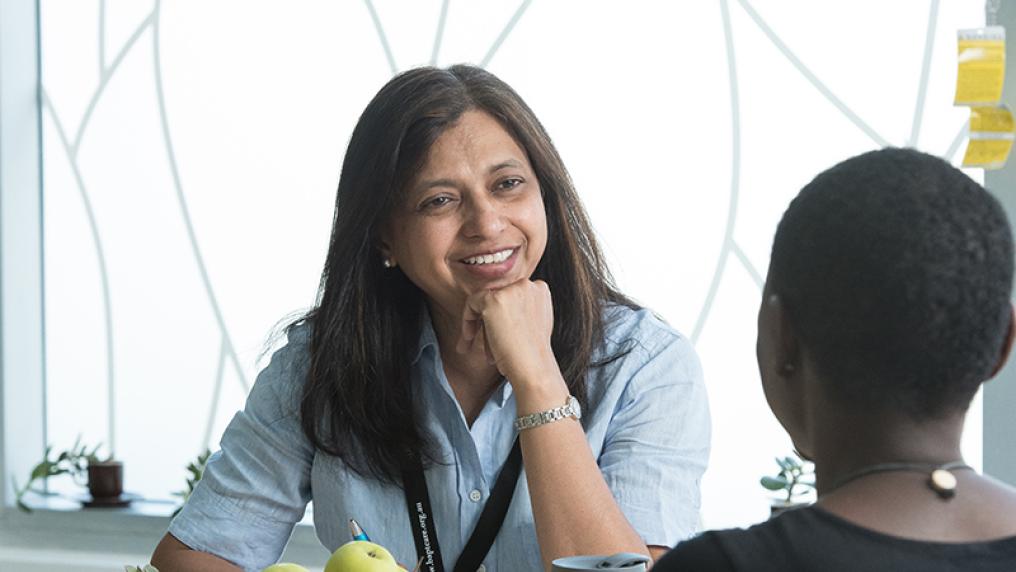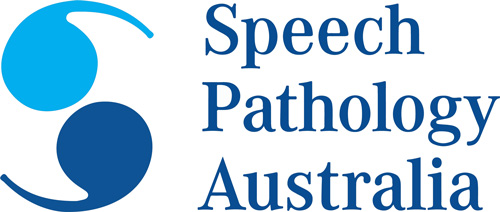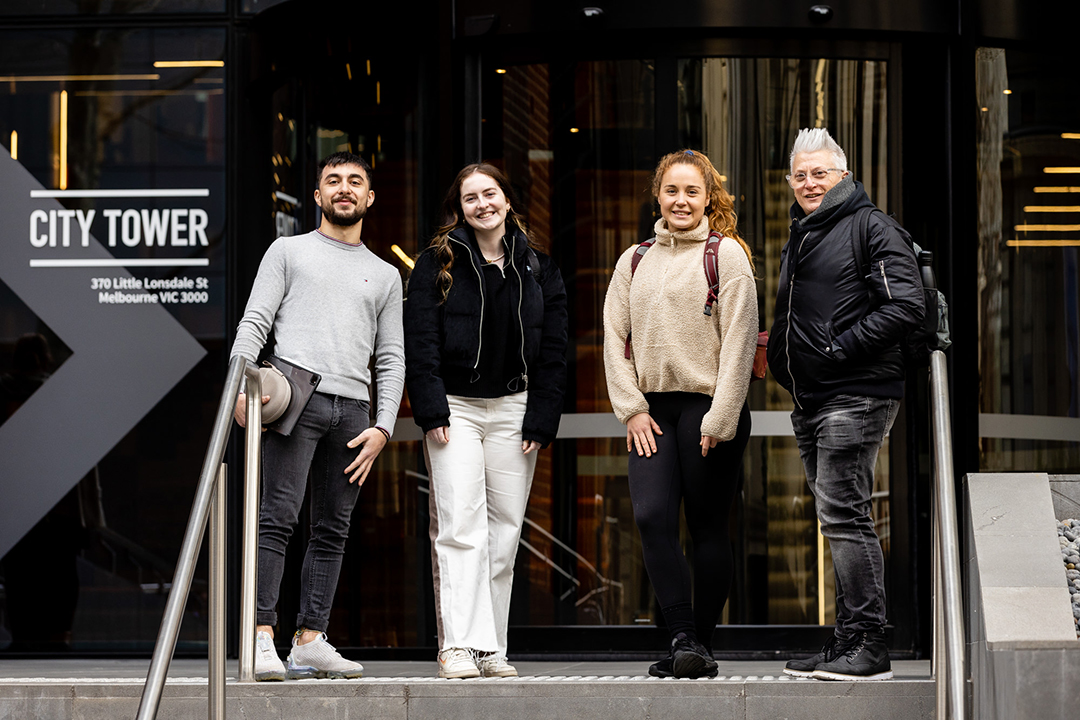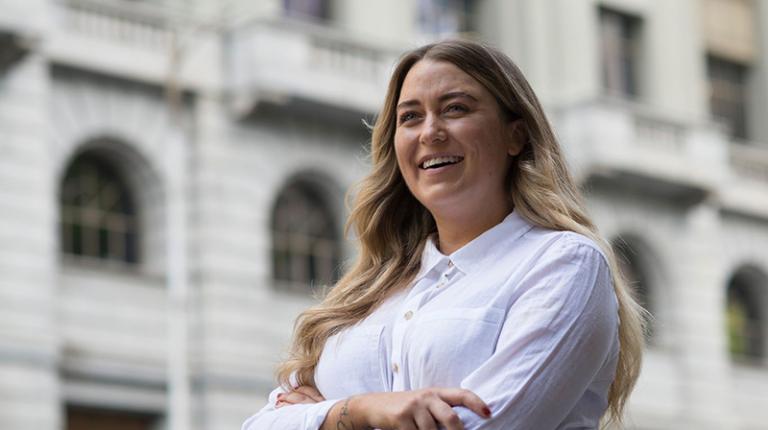To be considered for postgraduate study, you will need to have specific academic qualifications, as outlined below. We also consider non-academic research and work experience for our research candidates.
Admission criteria
Completion of an Australian Bachelor's degree, or equivalent in a language and communication, education, health or bioscience-related discipline. Examples of related discipline areas include, but are not limited to; medical science, biomedical science, health science, rehabilitation science, physiotherapy, occupational therapy, nursing, primary education, early childhood education, psychology, linguistics. PLUS A minimum GPA of 4.5 out of 7.0, or a Weighted Average Mark (WAM) of 60 percent. This course has assumed knowledge requirements.
Additional information
The Master of Speech Pathology assumes requisite knowledge in linguistics, anatomy and physiology and lifespan development. Prior to commencement of the Master of Speech Pathology, students will be required to successfully complete the JQFS Foundations for Speech Pathology enabling course. This online self-paced course is 36 hours long and consists of three units (JQU0066 Linguistics for Speech Pathology; JQU0067 Anatomy and Physiology for Speech Pathology and JQU0068 Lifespan Development for Speech Pathology). Completion of the Foundations for Speech Pathology course will provide students with requisite foundational knowledge in the functional anatomy and physiology of the head and neck, linguistics and lifespan developmental changes relevant to speech pathology practice. This knowledge will help prepare students for undertaking the Master of Speech Pathology. Students with relevant prior study may be eligible to apply for advanced standing for the JQFS Foundations for Speech Pathology enabling course. Students are notified at enrolment of professional practice requirements including: appropriate uniform/attire, equipment, travel, Police Check, Working with Children Check, First Aid certificate, record of immunisation, and a signed agreement to nominate oneself as fit for practice. For students to be eligible to undertake clinical placements, they must pass essential prerequisite units before undertaking the clinical placements.
Special entry programs
If you are from a disadvantaged or underrepresented social, economic or cultural background, you may be eligible for one of our special admission programs. These programs are designed to help you access education more easily.
Learn more about special admission programsInherent requirements
Inherent requirements are the abilities, attributes, skills and behaviours needed to meet the learning outcomes of the course.
You should carefully consider the inherent requirement statement as a:
- guide for your learning during the course
- way for you to identify challenges you may have in studying this course.





